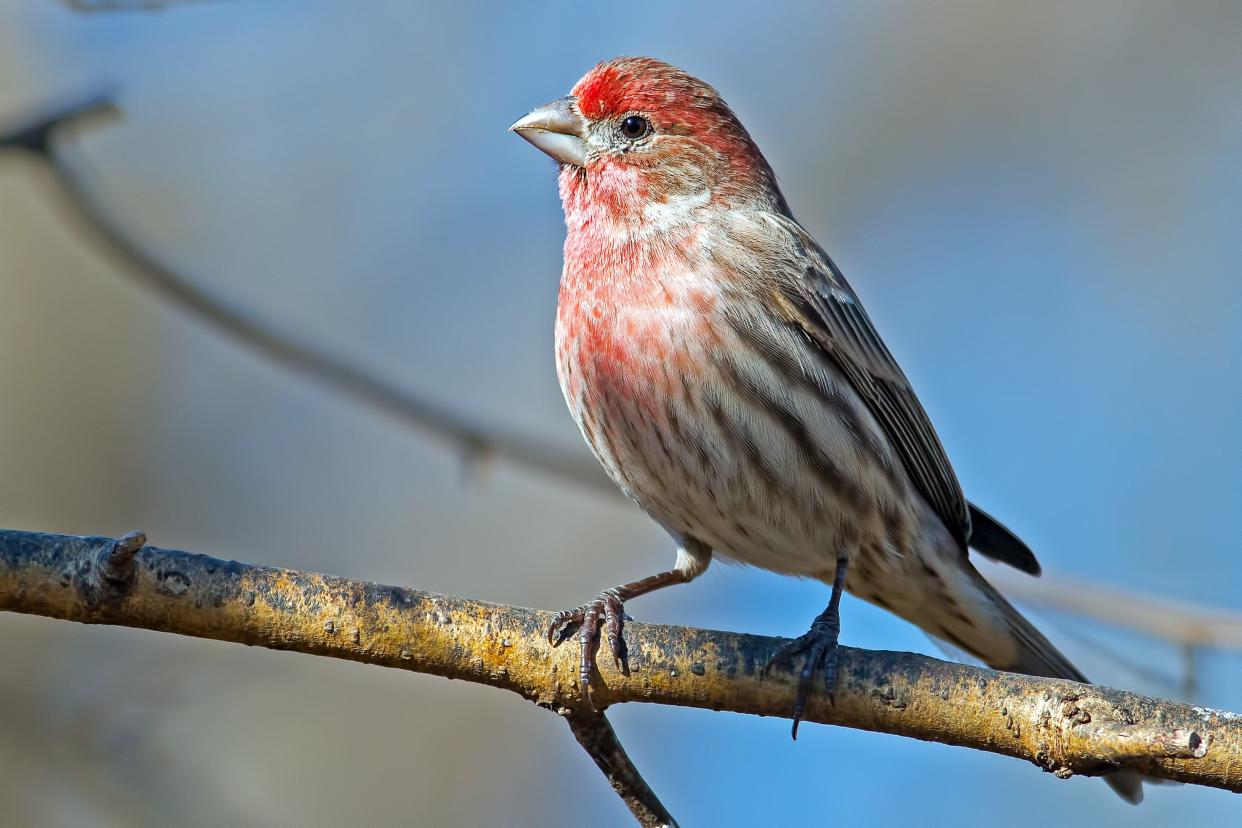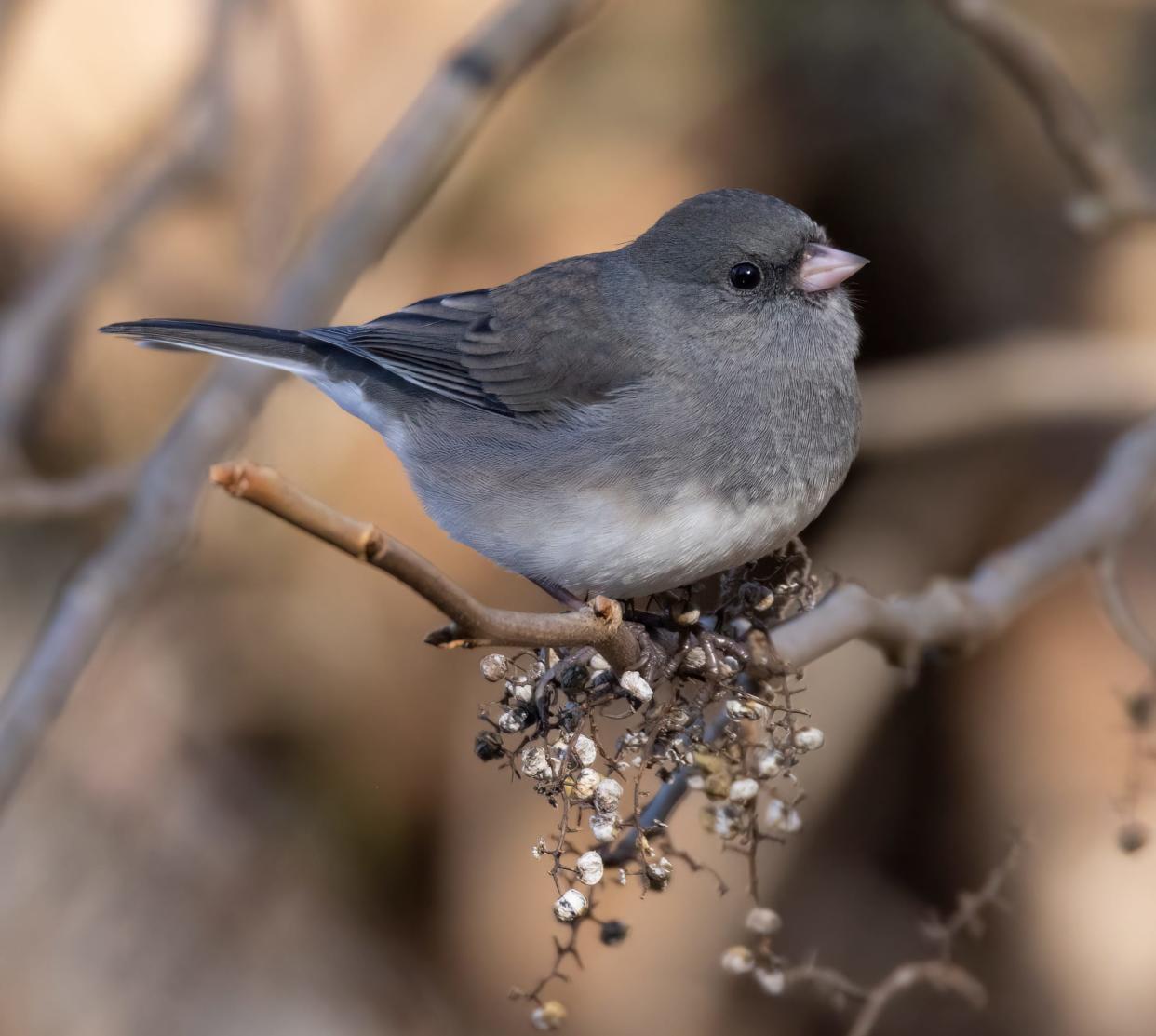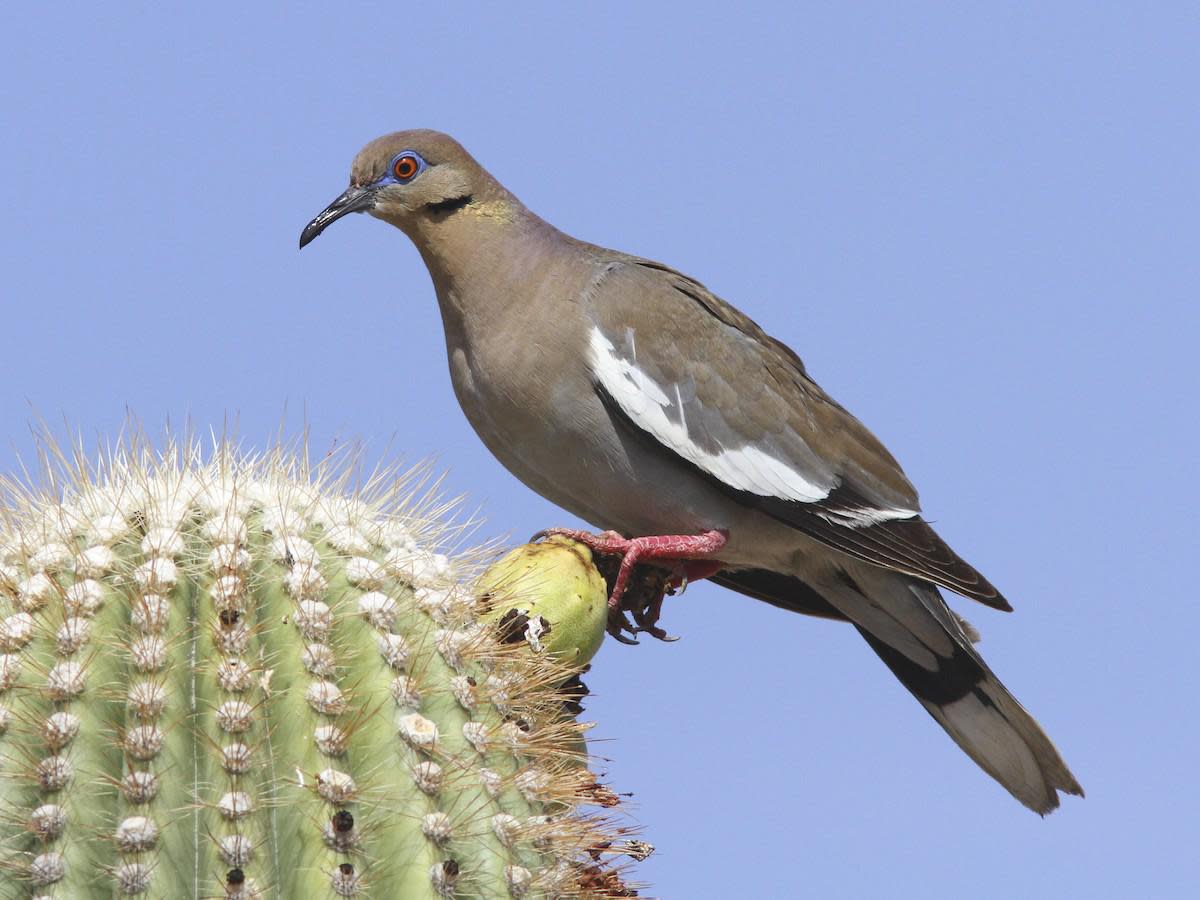Which birds visit feeders in the spring? Top five backyard birds to expect this April.
Spring’s arrival means bird-watchers across the country may begin to spot migrating birds making their way back from wintering grounds.
Not all birds migrate, but many travel south as winter approaches and food becomes scarce. In the spring, the birds return northward in time for breeding and nesting seasons.
Depending on where you live, you might have already seen some returning visitors at your feeder. Birders in the far north might have to wait longer, as spring migration can extend into mid-June.
Here are the five most common birds Americans can expect to see in April, based on USA TODAY’s analysis of bird-sightings data going back to 2011 from Project FeederWatch, a citizen science program run by the Cornell Lab of Ornithology.
The most common bird in your state: Click a state to see the most-spotted bird there in April. Don't see a map? Click here.
Related: More than a hobby: Birdwatching retirees, seniors contribute to Project FeederWatch data
1. American goldfinch
A sure sign of spring is the male American goldfinch’s brilliant yellow coat.
During the fall and winter, male goldfinches appear unrecognizable in their drab gray-green feathers. That’s because they shed their old feathers and grow new ones twice a year, once in late winter and again in late summer.
2. Northern cardinal

Northern cardinals, flashy and beloved, hold the record for being the most common official state bird in seven states: Illinois, Indiana, Kentucky, North Carolina, Ohio, Virginia and West Virginia.
Not long ago, cardinals mainly inhabited the southern United States and were rare in the Northeast, even by the mid-1900s. However, they spread northward throughout the last century.
The birds, known for their bright red feathers, earned their name from the scarlet garments worn by cardinals of the Roman Catholic Church.
More: What bird is this? These five species are the most likely to be at your feeder
3. House sparrow
House sparrows live nearly anywhere there are people.
Despite their abundance, house sparrows are not native to North America and were introduced from Europe in the mid-1800s.
As nonmigratory birds, house sparrows stay put all year, much to the chagrin of native songbirds who migrate and are displaced from their nesting sites.
4. House finch

House finches inhabit both coasts, but they’re native to the western United States and Mexico.
Adult males are identifiable by their rosy-red faces and chests, but differences in diet can cause some house finches to look yellow or orange instead.
Read about house finch eye disease: Is your feeder making birds sick? Here's how experts say you can help stop avian diseases
5. Dark-eyed junco

Dark-eyed juncos can be found across the continent, especially during the winter, but they don’t look the same in every region.
Once considered different species, numerous varieties of juncos have been lumped together over the years.
In the eastern United States, male juncos are mostly gray with white bellies, whereas those in the western states might have pink sides, reddish patches, or chestnut backs.
Honorable mention: White-winged dove

The white-winged dove, immortalized by Stevie Nicks in her 1980s hit song "Edge of Seventeen," dominates Texas skies as the state’s most-sighted bird in April.
Mostly residents of the Southwestern desert, white-winged doves are known to wander and have popped up in places as far-flung as Alaska or Ontario.
This article originally appeared on USA TODAY: Common backyard spring birds: Spot cardinals, sparrows, finches
